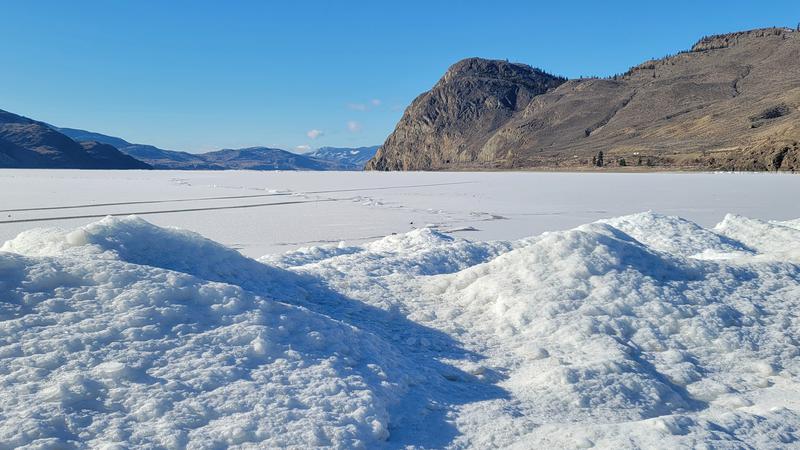
BC Watershed Security Coalition keeping watchful eye on snowpack readings
KAMLOOPS — According to the first round of snowpack readings, the province began the winter season in a better place than last year, and there’s hope for a trend to start forming, with the second snowpack bulletin from BC’s River Forecast Centre expected this week.
The data is crucial when anticipating streamflow conditions, including floods and droughts. But even if higher elevations have more snowfall than last year, valley bottoms and lower elevations are still in a concerningly dry place.
Neil Fletcher is the BC Wildlife Federation’s (BCWF) director of conservation stewardship and is also a member of the BC Watershed Security Coalition. The group has a keen interest in monthly snowpack bulletins, as notably dry and drought level conditions have persisted throughout the Interior.


